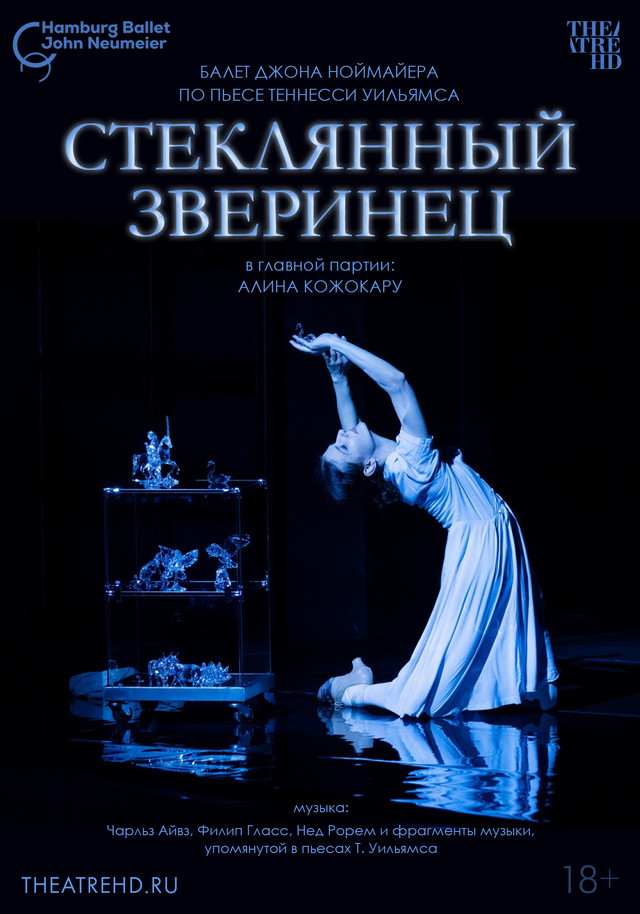Tennessee Williams established his reputation as a prominent American writer of the 20th century through his play The Glass Menagerie, a deeply personal family drama known as a "Memory Play." Initially staged in Chicago in 1944, the work faced rejection in Hollywood before finding success on Broadway. In 2019, John Neumeier reinterpreted The Glass Menagerie for the Hamburg Ballet, incorporating elements from Williams' life. The ballet featured music by American composers Charles Ives, Philip Glass, and Ned Rorem, along with snippets from Williams' own plays. This adaptation marked 75 years since the play's debut, showcasing the enduring influence of Williams' work in different artistic forms. The themes of memory, family dynamics, and personal struggles in The Glass Menagerie continue to resonate with audiences worldwide, reflecting Williams' lasting impact on the literary and performing arts scene.
BY JOHN NEUMEIER
"When I was seventeen, I saw a play, „The Glass Menagerie“, at a theatre attached to the university I would soon attend. I did not know then that the director, Father John Walsh S. J., would become the most important mentor of my life – I had no idea that Joan Schwartz who played Laura would become my „adopted“ sister.
The effect of Tennessee Williams‘s drama has never left me. For years, I considered how it could possibly become a ballet, how I might transform Tennessee Williams‘s extraordinary and moving poetry into meaningful movement. It was Alina Cojocaru and our work together creating „Liliom“ that convinced me: The time must be now.
The most difficult challenge in choreographically orchestrating this drama quartet is Laura. How to choreograph an evening long ballet whose central figure is physically impaired? At the present stage of rehearsal, the question is more important than the answer – although the experience of creation develops a specific dance language.
The story is very simple. It concerns a family. The conflicts, aggressions and love of a family seated around the kitchen table. A mother, Amanda, who is abandoned, her artistically minded son Tom who has to work in a shoe factory, and her fragile, dreaming daughter Laura Rose who loves glass animal figures – particularly a unicorn. The concerns of these three people begin to centre on a kind of saviour – the gentleman caller – Jim O‘Connor. The limited dimensions of their St. Louis apartment seem unable to contain the enormity of each character‘s hopes, desires and dreams. These hopes, desires and dreams expressed but sometimes written „between the lines“ in Tennessee Williams‘s brilliant dramatic poetry, are the (wordless) inspiration for my choreography.
Tennessee Williams calls his autobiographical drama a „memory play“: All action and emotion are remembered from Tom/Tennessee‘s past. In my „memory ballet“, drama and biography, past and present exist simultaneously and interact."













